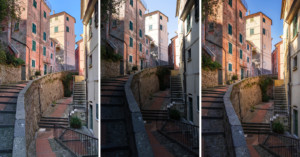
Show This to People Who Say Your Photos are ‘Fake’ Because They’re Edited
I guess we've all been there: people question our images, saying they're "fake" because we edit our raw files.

I guess we've all been there: people question our images, saying they're "fake" because we edit our raw files.
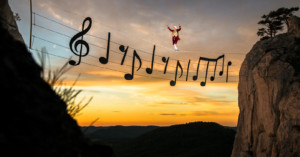
Austrian adventure photographer Sebastian Wahlhuetter has just released an amazing new project titled "Amadé". It's a series of photos showing Mozart walking across the air on musical notation, created entirely in-camera instead of through Photoshop "faking."
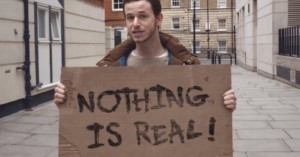
Visual effects artist Roy Perker is tired of people saying that VFX and digital compositing "looks fake." So he created this fun little video to show off his own compositing skill, and educate people on what it takes to seamlessly blend real footage and computer generated imagery on screen.

The world of the fantasy, fine art photographer typically involves a healthy helping of Adobe Photoshop. But if digital art and crazy composites are on one end of the spectrum, then photographer Adrien Broom is on the other—no Photoshop, just incredibly intricate hand-made props and sets.
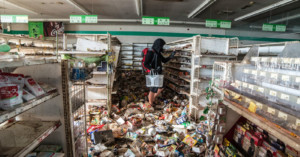
If you follow just about any major news outlet, you're bound to have seen the photos of "Fukushima Kid." We published them ourselves. But today the photographer behind those shots, Keow Wee Loong, is on the defensive as another photographer accuses him of lying about the photos in search of fame.
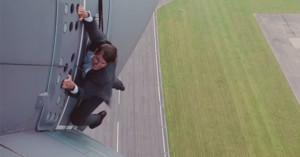
We recently shared how the film Mad Max: Fury Road mostly used real stunts, physical effects, and compositing instead of relying on computer generated imagery.
Here's another (even crazier) example of people actually doing something on camera rather than using CGI: for a scene in the upcoming film Mission: Impossible - Rogue Nation, actor Tom Cruise was actually strapped to the outside of an a military transport plane while it took off.

In recent years there has been more pressure than ever to minimize -- or outright ban -- the Photoshopping of models in advertisements. But beyond the positive PR/respect that such a move might garner, it turns out there might actually be a financial benefit to saying no to Photoshop.
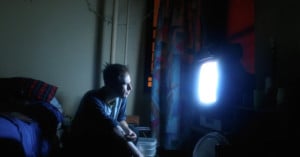
The dark world of heroin addiction has been the subject of award-winning photography before -- LIFE magazine photographer Bill Eppridge's gripping photo essay about two heroin addicts is as enthralling now as it ever was -- but photographer Graham MacIndoe's series is different... because he was both the photographer and the subject.
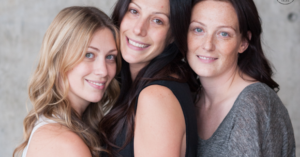
If you browse around online, even if you stay away from the magazine covers with their models liquified into long-legged oblivion, you will be hard-pressed to find professional portraits of women that are as honest and raw as the ones featured on RAW Beauty Talks.
That's because this organization, dedicated to empowering women through portrait photography and an honest conversation about beauty, doesn't just do away with photo manipulation in its portraits... it does away with anything meant to enhance or cover up the way the models actually look.
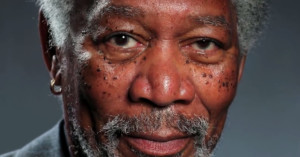
Last week, a video showing how a hyper-realistic iPad finger-painting of Morgan Freeman (inspired by this portrait by photographer Scott Gries) came together made the viral rounds faster than most. It had already earned its first million hits in the first 12 hours, and currently sits at almost 11.25 million.
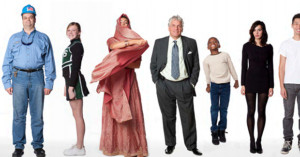
"Fake People Suck" -- now that's a tagline. In 2009 David Katzenstein and Sherrie Nickol began a fine arts project that involved asking people off the street to come to their studio and photographing them against a white background. The idea was to capture the striking diversity that's commonplace in New York. But after photographing about 50 people -- and due also to a steady drop in commissions from commercial and corporate projects -- they realized the potential the project had as a commercial venture. Thus was born Citizen Stock.